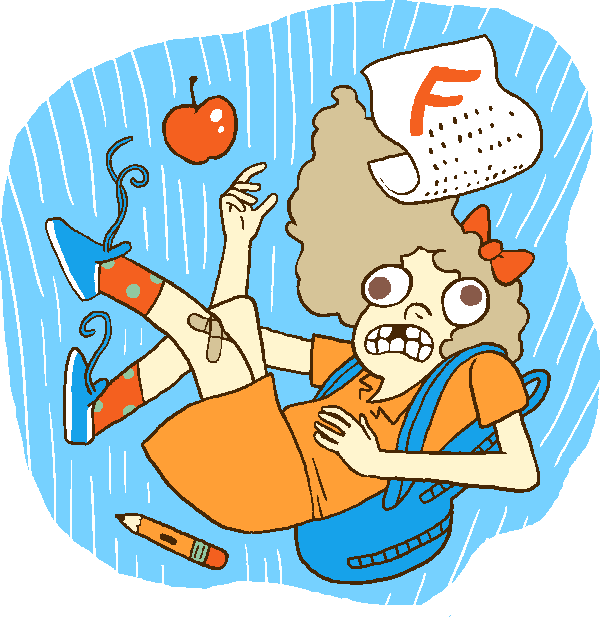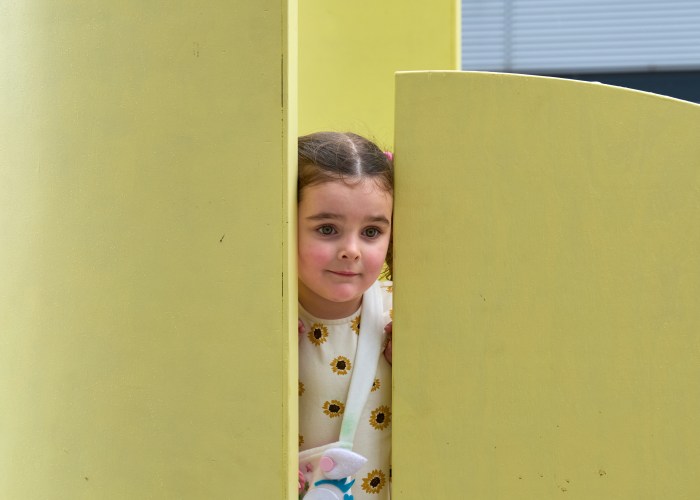The Hunger Games” movie comes out this week, and my 14-year-old daughter, like millions of other teens, insisted on getting tickets for opening day. She loved the book and made me read it.
The emotional intensity of the story, which includes extreme cruelty, violence and (minor spoiler alert) children killing children, really struck me. As I thought about the books my teenage girls read, I realize they often deal with really fierce feelings and events — abuse, suicide, rape, death.
Are they drawn to these stories because of fears? Fantasies? Should I be concerned?
Because, honestly, part of me is a little freaked they seek out material like this.
I’ve never censored books in my home. Movies, yes, and the occasional television show, but whatever they wanted to read, they read. My 17-year-old has gone through many phases. I particularly enjoyed her E.L. Konigsburg period, when she read “From the Mixed-Up Files of Mrs. Basil E. Frankweiler,” a New York classic, and moved on from there. She later went through a John Grisham obsession, which was the first time I really thought about the books she devoured. His stories are dramas stemming from sometimes grisly and depraved crimes, but the books are really about solving the felonies and chasing, or being chased by, the bad guys, so I didn’t protest.
But the volumes they brought through our door turned grim. “Thirteen Reasons Why,” by Jay Asher, about the events and relationships leading up to a high school girl’s suicide, is heavy. “Speak,” another highly regarded book about the aftermath of a girl’s rape at a party the summer before ninth grade is also powerful. The list goes on and includes tales of post-apocalyptic warped societies and stories of incestuous families. Why do they read these things?
Another dad suggested this was a girl thing until I started listing books we read as teens: “Jaws,” “The Godfather,” “Sybil,” and the most classic boy-books of them all, “The Lord of the Rings.” Each of these includes love, sex, cruelty, death, written to maximize the emotional highs and lows of the reader. My wife, in her youth, consumed “Valley of the Dolls,” “Scruples” and Jackie Collins or Harold Robbins books, all containing sex and drama with a capital “D.”
So I have to admit this desire for painful, passionate, desperate stories is nothing new. My adolescents are doing what teens have done all along — exploring the dark reaches of the human experience, in the safety of their imaginations.
My daughters are becoming aware of the cruelty and wonder of the world in their real lives, and are at a stage where emotions are felt intensely.
It makes sense they are drawn to stories that feed their hearts and minds with situations and emotions outside their experience. And as they wonder about the adult world, with it’s complexities and confusions, my girls will find books giving them access to that as well.
Of course, I’m at a very different place in life, entering into a middle age phase when my passion for almost everything is blunted by the cynicism of experience. Their attraction to emotional fire concerns and frightens me because I only see the possibility of them getting burned.
But if I dig back through my own experience, I can remember why these lurid tales of violence, cruelty, pain and redemption are important, and entertaining, to teenagers.























